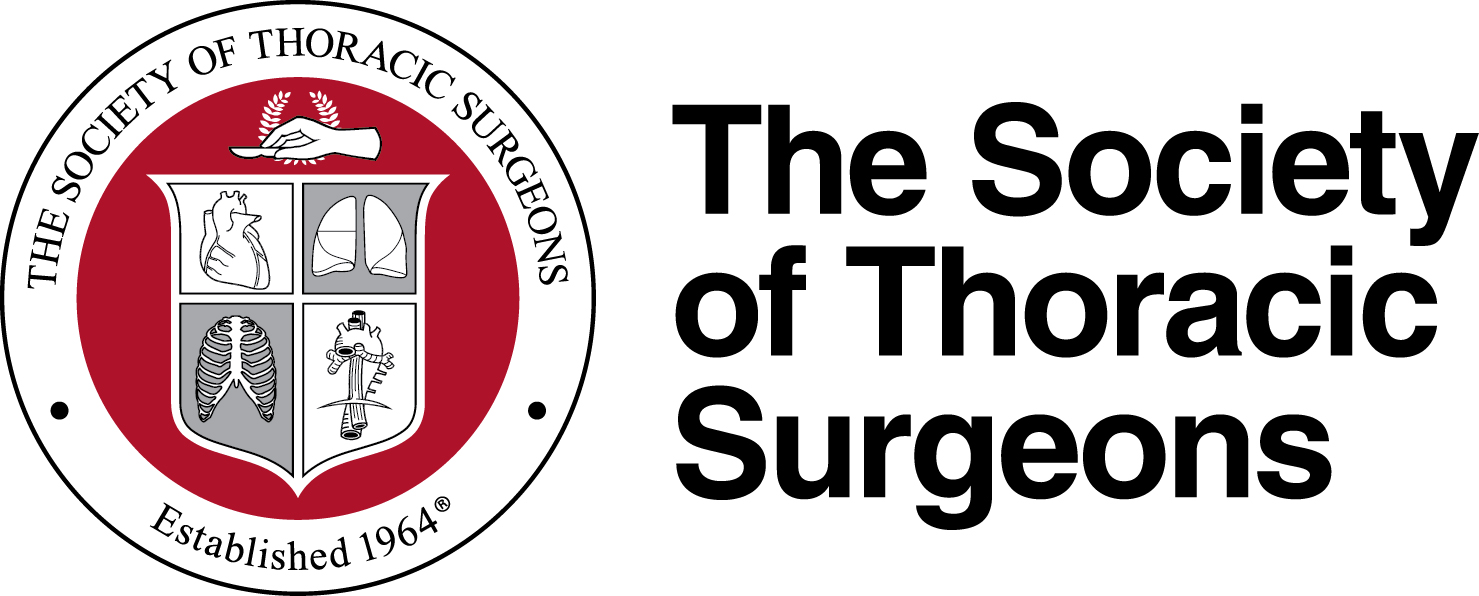Newswise — San Diego – A new surgical training model that simulates patient bleeding is providing cardiothoracic surgery residents with “real-life” experience without compromising patient safety, according to an abstract released today at the 51st Annual Meeting of The Society of Thoracic Surgeons.
“The training paradigm in cardiothoracic surgery has changed over the last decade with the institution of the resident work hour restrictions and diminishing educational resources,” said Christina L. Greene, MD, from the University of Southern California (USC) in Los Angeles, who led the study under the mentorship of Craig J. Baker, MD. “Residents are now spending significantly less time in the hospital operating room, so increased importance has been placed on acquisition of surgical skills outside of the OR. Our new pressurized cadaver model is a high-fidelity surgical model that allows trainees to simulate an operative procedure and become proficient in critical surgical techniques.”
Fresh tissue dissection from cadavers is viewed by many surgeons as the “gold standard” for surgical simulation, but the lack of circulating blood volume limits the real-world effects for trainees. For this study, Dr. Greene and colleagues evaluated the use of a unique pressurizing system designed by USC.
“This training is performed in a controlled environment outside of the time pressures of the operating room and without consequence to the patient,” said Dr. Greene. “We believe this model can increase patient safety and provide better learning environments for residents. The tissue is much closer to what a resident will encounter in the OR, and the ability to simulate surgical bleeding provides instantaneous feedback to the learner.”
The researchers pressurized cadavers using red or blue liquid made by dying tap water with food coloring. This perfusate (a fluid that flows through an organ or tissue) is then pumped into the arteries and veins of the cadaver to create pressure and flow through the vessels. A line attached to a centrifugal pump is used to maintain the desired arterial pressure.
“Simulation is an amazing alternative to direct patient care and is becoming one of the most important ways that surgical trainees are taught and evaluated,” said Moishe Liberman, MD, PhD, from Centre Hospitalier Universitaire de Montréal in Canada, who was not affiliated with the study. “The pressurized cadaver model developed by Greene and colleagues for cardiac surgery education is a step in the right direction and provides a near real-life situation for the training and evaluation of cardiac surgery residents. This will hopefully be the first step in increased high-fidelity models for education in cardiothoracic surgery.”
###
For a copy of the abstract contact Cassie McNulty at 319-621-3770 (cell) or [email protected].
Founded in 1964, The Society of Thoracic Surgeons is a not-for-profit organization representing more than 6,900 cardiothoracic surgeons, researchers, and allied health care professionals worldwide who are dedicated to ensuring the best possible outcomes for surgeries of the heart, lung, and esophagus, as well as other surgical procedures within the chest. The Society’s mission is to enhance the ability of cardiothoracic surgeons to provide the highest quality patient care through education, research, and advocacy.
MEDIA CONTACT
Register for reporter access to contact detailsCITATIONS
51st Annual Meeting of The Society of Thoracic Surgeons; For a copy of the abstract contact Cassie McNulty at 319-621-3770 (cell) or [email protected]
